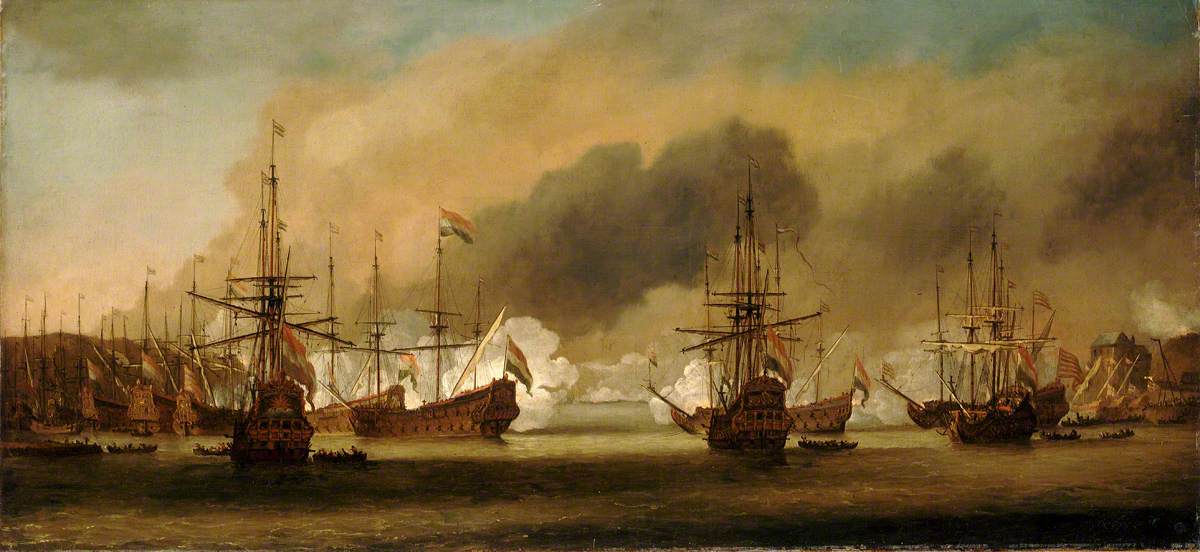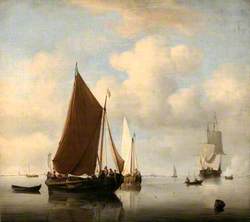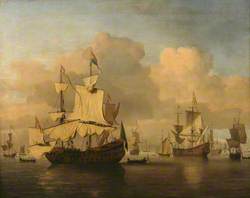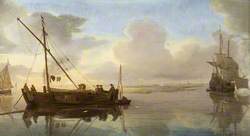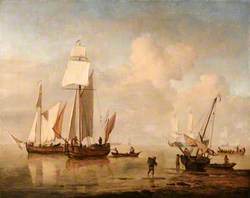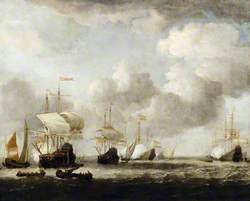How you can use this image
This image can be used for non-commercial research or private study purposes, and other UK exceptions to copyright permitted to users based in the United Kingdom under the Copyright, Designs and Patents Act 1988, as amended and revised. Any other type of use will need to be cleared with the rights holder(s).
Review the copyright credit lines that are located underneath the image, as these indicate who manages the copyright (©) within the artwork, and the photographic rights within the image.
The collection that owns the artwork may have more information on their own website about permitted uses and image licensing options.
Review our guidance pages which explain how you can reuse images, how to credit an image and how to find images in the public domain or with a Creative Commons licence available.
Notes
Add or edit a note on this artwork that only you can see. You can find notes again by going to the ‘Notes’ section of your account.
An incident following the Dutch defeat at Lowestoft, which was the first fleet action of the Second Dutch War, 1665–1667. A returning Dutch East India and Smyrna fleet was forced to put into Bergen, Norway, a neutral port for refuge since the English were blockading the Dutch coast. The English were anxious to capture such a rich prize and entered into a compact with the Danish king (Norway then being under Danish rule). In return for ordering the shore batteries of Bergen not to interfere when the English squadron appeared, he would receive a half share of the spoils. Unfortunately the governor of Bergen did not receive this instruction in time and so the English faced fire from the shore batteries and the guns of the Dutch Indiamen and were forced to retire.
The painting is an oil sketch believed to be the preliminary one from which van de Velde made his large painting, twelve feet long, for Commodore Bitter, the Dutch commander.
The artist was the younger son of Willem van de Velde the Elder He worked in his father's studio and developed the skill of carefully drawing ships in tranquil settings. He changed his subject matter, however, when he came with his father to England in 1672–1673, by a greater concentration on royal yachts, men-of-war and storm scenes. From this time painting sea battles for Charles II and his brother (and Lord High Admiral) James, Duke of York, and other patrons, became a priority.
Title
Action at Bergen, 3 August 1665
Date
1666
Medium
oil on canvas
Measurements
H 62.2 x W 114.3 cm
Accession number
BHC0698
Work type
Painting
